Shaping up digital XBRL Taxonomy for ESRS: Latest updates
- April 3, 2024
- 6 minutes
As the European Union (EU) puts the spotlight on sustainability reporting that’s coming with the implementation of the Corporate Sustainability Reporting Directive (CSRD), companies are under pressure to gear up to report their sustainability efforts.
The CSRD provided mandate for the creation of the European Sustainability Reporting Standards (ESRS) to standardise how companies within the EU disclose information about Environmental, Social, and Governance (ESG) related matters. The drafting of the ESRS was delegated to the European Financial Reporting Advisory Group (EFRAG).
For the CSRD digital reporting mandate to be implemented effectively, a precise taxonomy for the categorization and tagging of sustainability data is a priority task. On January 10th 2024, the draft of the ESRS XBRL taxonomy was approved by EFRAG. The public consultation on the draft ESRS XBRL taxonomy closes on 8 April 2024 and we will be anticipating further updates based on the feedback gathered during this consultation.
Due to an expected delay of 12 months because of the mechanisms needed to formalize the ESRS XBRL Taxonomy within EU law, it will most likely be first used in 2026 for FY25 reports.
In a recent XBRL community members-only session held on March 26th, discussions centred around the ESRS taxonomy and its implementation timeline. Representatives from the XBRL International mentioned the same date, underscoring that it remains subject to change.
Nevertheless, now that the draft taxonomy is available, we have a good understanding of how it’s going to shape up and how organisations can proactively prepare for its adoption.
CSRD Timeline
European Commission (EC) adopted CSRD proposal.
European Parliament passed the CSRD.
Draft ESRSEFRAG submitted final Draft ESRS to the European Commission.
EFRAG to submit Sector and SME specific requirements to the European Commission.
Delegate ActEFRAG submitted final Draft ESRS to the European Commission.
CSRD effective for listed companies with over 500 employees.
(Reports due in 2025)
CSRD effective for large non-listed companies that exceed 2/3 of the following:
-
Balance sheet total:
>EUR 25M -
Net revenue:
>EUR 50M - >250 average number of employees during the FY
CSRD effective for listed SMEs.
CSRD effective for 3rd-country undertakings.
Significant activity in EU:
- At least one EU subsidiary or listed on an EU regulated market
- Net turnover in EU >EUR 150M
Why is there an ESRS XBRL Taxonomy?
The XBRL standard (Extensible Business Reporting Language) serves as a language utilized by businesses to standardize information shared in reports.
Earlier XBRL applications have been limited to financial information. This language is used in reports published in line with the European Single Electronic Format (ESEF), the US Securities and Exchange Commission (SEC) and many other global mandates.
In particular, the standard uses labels or ‘tags’ across a defined set of data points that make it easy for computers to interpret, regulators and investors to read, verify and compare. Taxonomy, in turn, plays the role of the ‘dictionary’ containing the unique XBRL tags.
In future, companies subject to the CSRD will have to disclose their reports in Inline XBRL enhancing accessibility to sustainability information and promoting greater transparency.
To advance the digitisation of sustainability data in accordance with the CSRD, EFRAG is moving forward with the introduction of a digital XBRL taxonomy for the ESRS. The tagging of ESRS mandated disclosures with elements of this taxonomy would result in human and machine-readable information.
What is in the draft ESRS XBRL Taxonomy?
The draft ESRS XBRL Taxonomy has been developed with a high level of granularity, meaning that tags will correspond to each of the ESRS data points.

The data on items, hypercubes, dimensions/axes and domain members in Taxonomy can be quite easily generated and checked by using our Data Modelling platform ATOME Matter.
Reach out to us to see the tool in action and learn more how it can serve your sustainability reporting needs.
Furthermore, as multiple tags are needed for numerous individual data points, the process of tagging might become demanding and a heavy lift.
The rationale behind this decision is that by increasing the granularity level, organizations have less space for creating custom tags or extensions. Custom tags hinder the ability to compare similar information across different companies. EFRAG is striving to prevent this, aiming for the ESRS XBRL Taxonomy to facilitate more precise comparisons.
ESAP postponed, so do the sustainability reporting
The end goal is for all information to be stored in the European Single Access Point (ESAP).
Originally, the plan was to upload sustainability reports tagged using iXBRL to the European Single Access Point (ESAP) starting in 2024. However, the publication of this portal has been postponed to 2027 by the European Securities and Markets Authority (ESMA).
This delay also directly affects sustainability reporting, as ESAP is meant to serve as a central point for accessing publicly available financial and sustainability data on EU companies and investment products. This is especially crucial for all EU companies subject to CSRD, as ESAP aims to give “companies more visibility towards investors [and open up] more sources of financing”, aligning with the goals of the Green New Deal. The development of the ESRS XBRL Taxonomy ensures that this aim is well within reach.
When will the ESRS XBRL Taxonomy first be used?
The specific launch date hinges on several factors:
- EFRAG’s public consultations on the Draft XBRL Taxonomy for ESRS Set 1 and the Draft XBRL Taxonomy for Article 8 disclosures are open until 8 April 2024.
- The ESRS XBRL Taxonomy will then be transferred to the European Securities and Markets Authority (ESMA) for integration into ESEF.
- It will subsequently need to undergo formalization within EU regulations.
The taxonomy has an expected delay of 12 months because of the mechanisms needed to formalise the ESRS XBRL Taxonomy within EU law.
Consequently, it is probable that the taxonomy will be implemented for the first time in 2026 for FY25 reports.
What does this mean and what companies need to do?
Capital market-oriented companies, excluding SMEs, are mandated to adhere to CSRD-compliant sustainability standards starting from the financial year 2024. Large public-interest entities must comply from the financial year 2025 onwards. Hence, it is imperative for them to promptly engage with the ESRS XBRL taxonomy and gradually implement it.
This process involves aligning current sustainability reporting practices with the ESRS XBRL taxonomy. For companies that have not previously prepared reports using ESEF, it’s essential to prepare for the implementation of the XBRL taxonomy at an early stage. Alongside fulfilling substantive reporting obligations under CSRD, the adoption of digital reporting format as XBRL presents an additional challenge for companies.
To help them navigate these implications, we offer capacity-building sessions tailored to the specific needs of their teams. These sessions address gaps in knowledge regarding the latest reporting requirements, data standards such as XBRL, the digitization of sustainability information necessary for reporting, and other relevant topics.
Reach out to one of our experts to discuss your reporting challenges and learn more:
ESRS Implementation Guide
Gain a better understanding of what steps you need to take to achieve ESRS excellence and how we can support your journey towards this.



